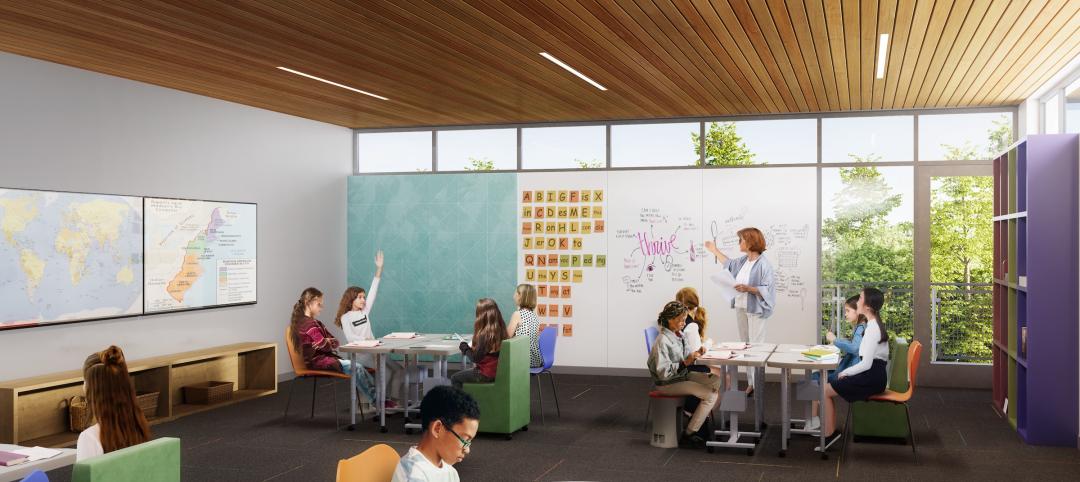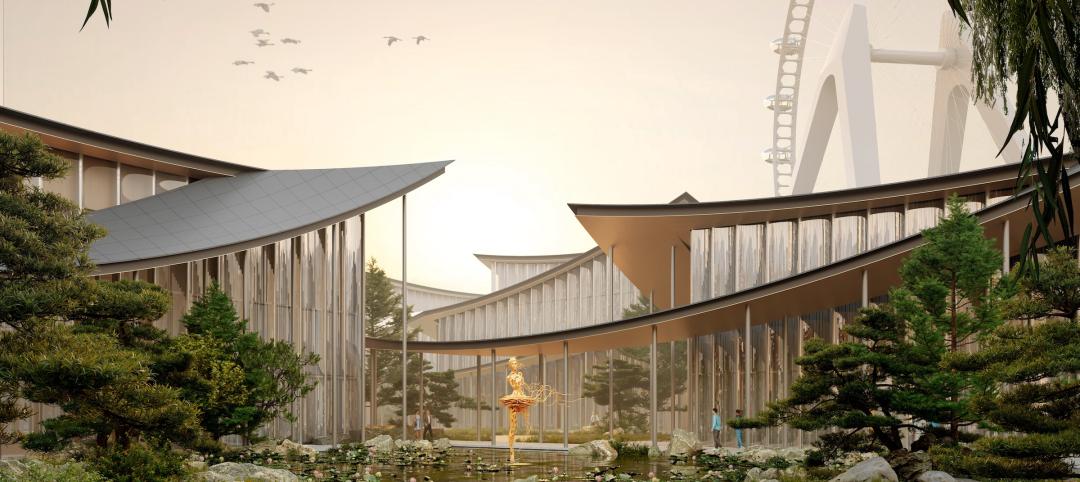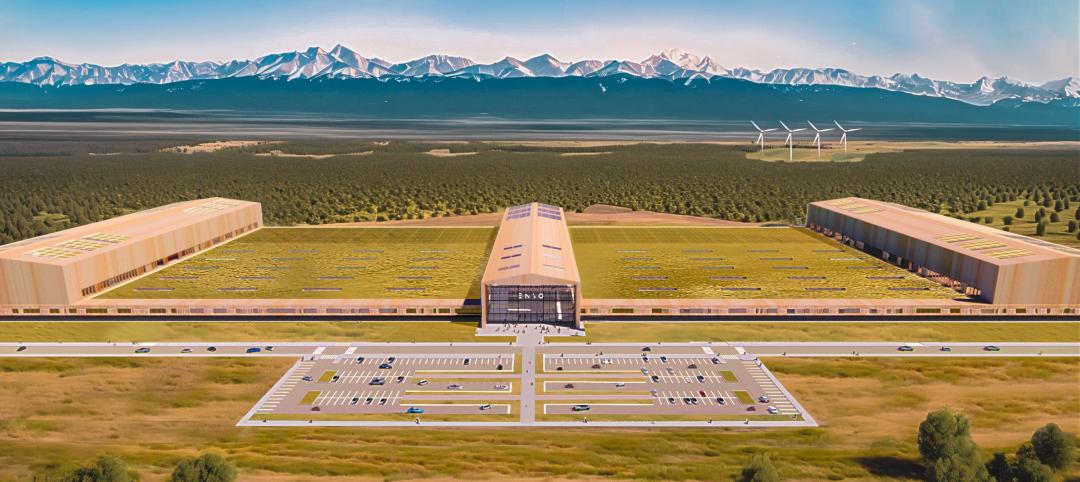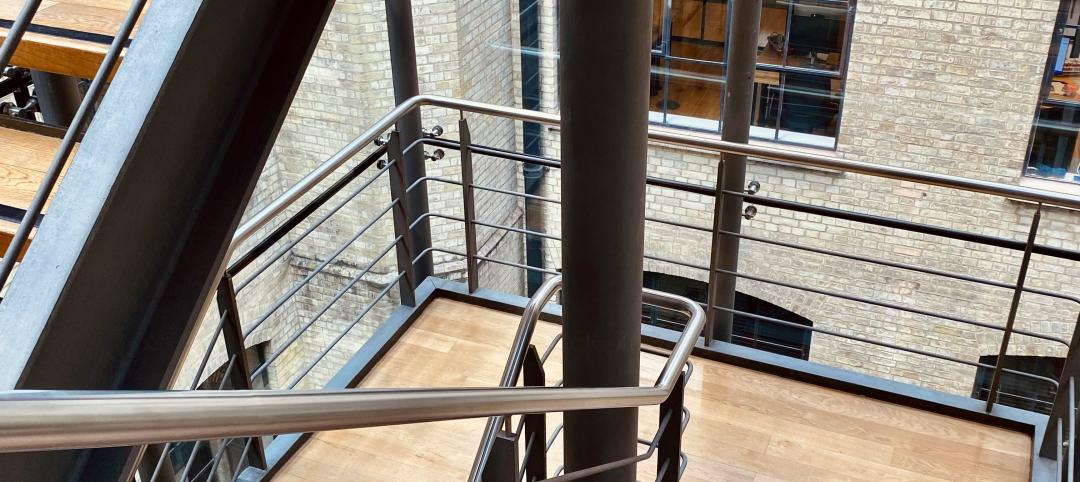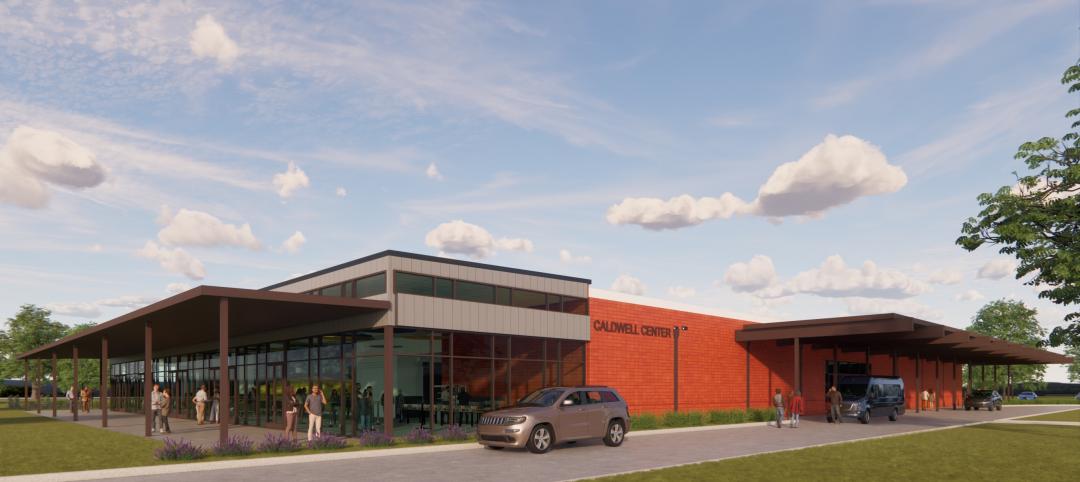There’s money to be made in reconstruction. Based on our annual Giants 300 survey, we estimate that the top 300 AEC firms generate about 20-30% of annual revenues from reconstruction, and for design firms that specialize in historic preservation and adaptive reuse, that percentage can quickly go north of 50% of total revenues. If your firm is doing less than the industry average, you may be missing a great opportunity.
A reconstructed building is the ultimate green building. It is generally the case that “saving” an existing building is the most sustainable thing you can do, for obvious reasons. Whether it’s a renovation that simply extends an existing use, or one that takes an existing building and transforms it to another use, much of the embodied energy in that building is staying put.
Furthermore, reconstruction offers the opportunity to take an energy hog and make it much more efficient. Just doing the basics—sealing the envelope, insulating, upgrading lighting and lighting controls, etc.—should yield a 20% improvement in energy efficiency. Stretch a little and 30% energy savings should not be unreasonable. That’s good for the building, the occupants, and the owner—and it’s the right thing to do.
Reconstruction can turn ordinary buildings into great buildings. Look at how the Building Team for the Mid-Ohio Foodbank took an old mattress factory and turned it into a LEED Gold facility that helps provide 55,000 meals a day to the hungry and involves 10,000 volunteers a year. Owen Hall at Michigan State University and the new Cell and Genome Sciences Building at UConn are additional examples of how the ordinary can be transformed into the extraordinary.
Reconstruction challenges your imagination. The Building Team for Duke University could have taken the easy road and junked Duke’s old coal-burning power plant. Instead, they came up with a creative way to use new technology to convert the plant to 70% natural gas power generation, while enhancing the early 20th-century structure. Look how the Building Team converted Memorial Field House—essentially a big barn—into modern classroom and student space at the University of Toledo. These kinds of jobs take real imagination.
Reconstruction can bring communities together. People like to preserve and enhance the things that are important to them. The people of Cuyahoga County, Ohio, cared about the monument to their Civil War veterans, and they went out and raised $2 million to restore it to perfection. Ditto for the people of Northeast Central Durham, N.C., who fought to turn a broken-down school building into a thriving multi-purpose community center. Tap into that wellspring of community involvement. It will yield projects whose rewards go far beyond the bottom-line considerations.
Reconstruction work is fun. Building a fancy high-rise on a greenfield site in some exotic part of the world must surely have its pleasures, but digging into the bowels of an older building also has its mysteries—and surprises. Who knows what lurks behind that gypsum board? Matching your wits against the original designers and contractors is the ultimate chess match.
Related Stories
K-12 Schools | Aug 29, 2024
Designing for dyslexia: How architecture can address neurodiversity in K-12 schools
Architects play a critical role in designing school environments that support students with learning differences, particularly dyslexia, by enhancing social and emotional competence and physical comfort. Effective design principles not only benefit students with dyslexia but also improve the learning experience for all students and faculty. This article explores how key design strategies at the campus, classroom, and individual levels can foster confidence, comfort, and resilience, thereby optimizing educational outcomes for students with dyslexia and other learning differences.
Museums | Aug 29, 2024
Bjarke Ingels' Suzhou Museum of Contemporary Art conceived as village of 12 pavilions
The 60,000-sm Suzhou Museum of Contemporary Art in Suzhou, Jiangsu, China recently topped out. Designed by Bjarke Ingels Group (BIG), the museum is conceived as a village of 12 pavilions, offering a modern interpretation of the elements that have defined the city’s urbanism, architecture, and landscape for centuries.
Adaptive Reuse | Aug 28, 2024
Cities in Washington State will offer tax breaks for office-to-residential conversions
A law passed earlier this year by the Washington State Legislature allows developers to defer sales and use taxes if they convert existing structures, including office buildings, into affordable housing.
Industrial Facilities | Aug 28, 2024
UK-based tire company plans to build the first carbon-neutral tire factory in the U.S.
ENSO, a U.K.-based company that makes tires for electric vehicles, has announced plans to build the first carbon-neutral tire factory in the U.S. The $500 million ENSO technology campus will be powered entirely by renewable energy. The first-of-its-kind tire factory aims to be carbon neutral without purchased offsets, using carbon-neutral raw materials and building materials.
Architects | Aug 28, 2024
KTGY acquires residential high-rise specialist GDA Architects
KTGY, an award-winning design firm focused on architecture, interior design, branded environments and urban design, announced that it has acquired GDA Architects, a Dallas-based architectural firm specializing in high rise residential, hospitality and industrial design.
K-12 Schools | Aug 26, 2024
Windows in K-12 classrooms provide opportunities, not distractions
On a knee-jerk level, a window seems like a built-in distraction, guaranteed to promote wandering minds in any classroom or workspace. Yet, a steady stream of studies has found the opposite to be true.
Building Technology | Aug 23, 2024
Top-down construction: Streamlining the building process | BD+C
Learn why top-down construction is becoming popular again for urban projects and how it can benefit your construction process in this comprehensive blog.
Airports | Aug 22, 2024
Portland opens $2 billion mass timber expansion and renovation to its international airport
This month, the Portland International Airport (PDX) main terminal expansion opened to passengers. Designed by ZGF for the Port of Portland, the 1 million-sf project doubles the capacity of PDX and enables the airport to welcome 35 million passengers per year by 2045.
Adaptive Reuse | Aug 22, 2024
6 key fire and life safety considerations for office-to-residential conversions
Office-to-residential conversions may be fraught with fire and life safety challenges, from egress requirements to fire protection system gaps. Here are six important considerations to consider.
Resiliency | Aug 22, 2024
Austin area evacuation center will double as events venue
A new 45,000 sf FEMA-operated evacuation shelter in the Greater Austin metropolitan area will begin construction this fall. The center will be available to house people in the event of a disaster such as a major hurricane and double as an events venue when not needed for emergency shelter.


